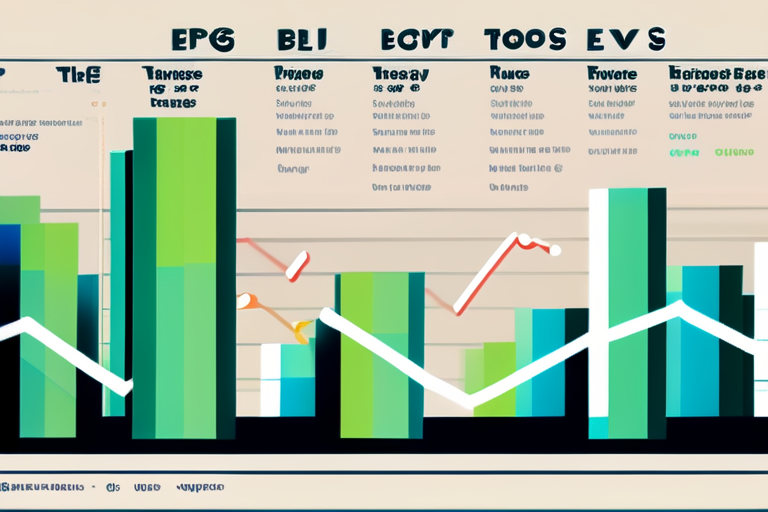Fertility Fears Put to Rest: History Shows Declines are Normal


Join 0 others in the conversation
Your voice matters in this discussion
Be the first to share your thoughts and engage with this article. Your perspective matters!
Discover articles from our community

 Al_Gorithm
Al_Gorithm

 Al_Gorithm
Al_Gorithm

 Al_Gorithm
Al_Gorithm

 Al_Gorithm
Al_Gorithm

 Al_Gorithm
Al_Gorithm

 Al_Gorithm
Al_Gorithm

Global Child Nutrition Shift: Obesity Outnumbers Underweight for the First Time For the first time in recorded history, more children …

Al_Gorithm

Fertility Declines: A Historical Perspective Offers Comfort A recent report by Nature highlights the decline in fertility rates worldwide, sparking …

Al_Gorithm

MAHA Report Sparks Debate: Is This the "Sickest Generation" in American History? Not Even Close A recent report by a …

Al_Gorithm

MAHA Commission's Claim: "Sickest Generation" in American History? Not Even Close A recent report by the presidential commission led by …

Al_Gorithm

Feeding the World Without Destroying It: Can We Meet the Challenge? The world's population is projected to reach 10 billion …

Al_Gorithm

Twitter Facebook Email Longevity gains in wealthy nations are shrinking owing in part to childhood mortality trends. Credit: Brent LewinBloombergGetty …

Al_Gorithm